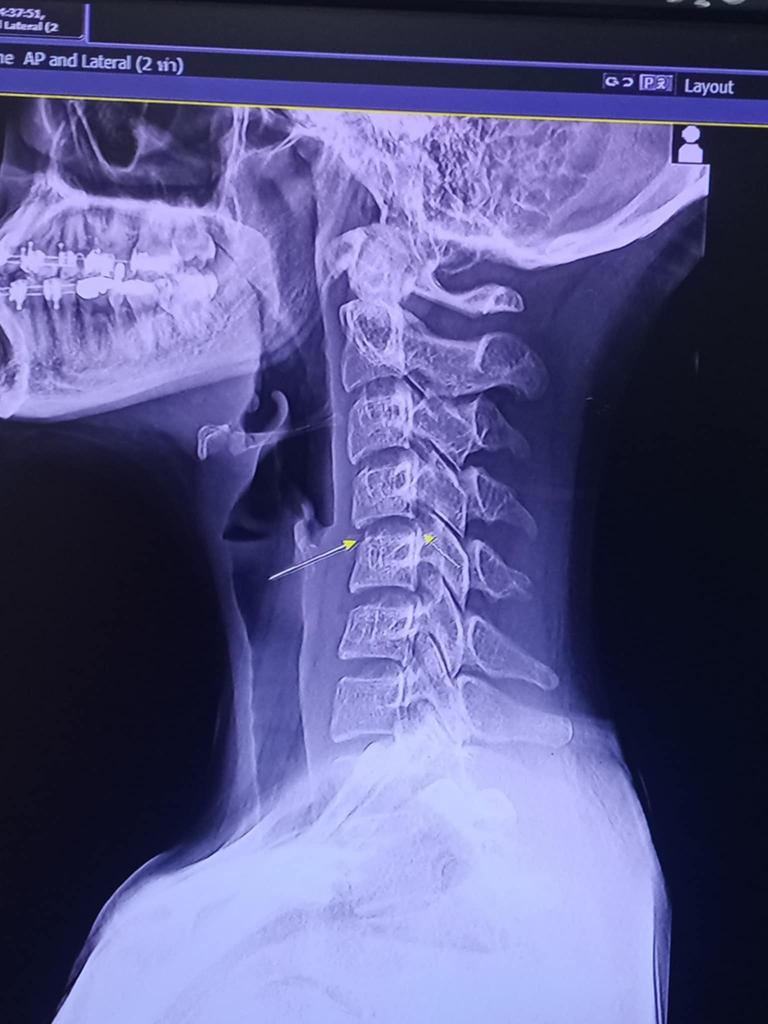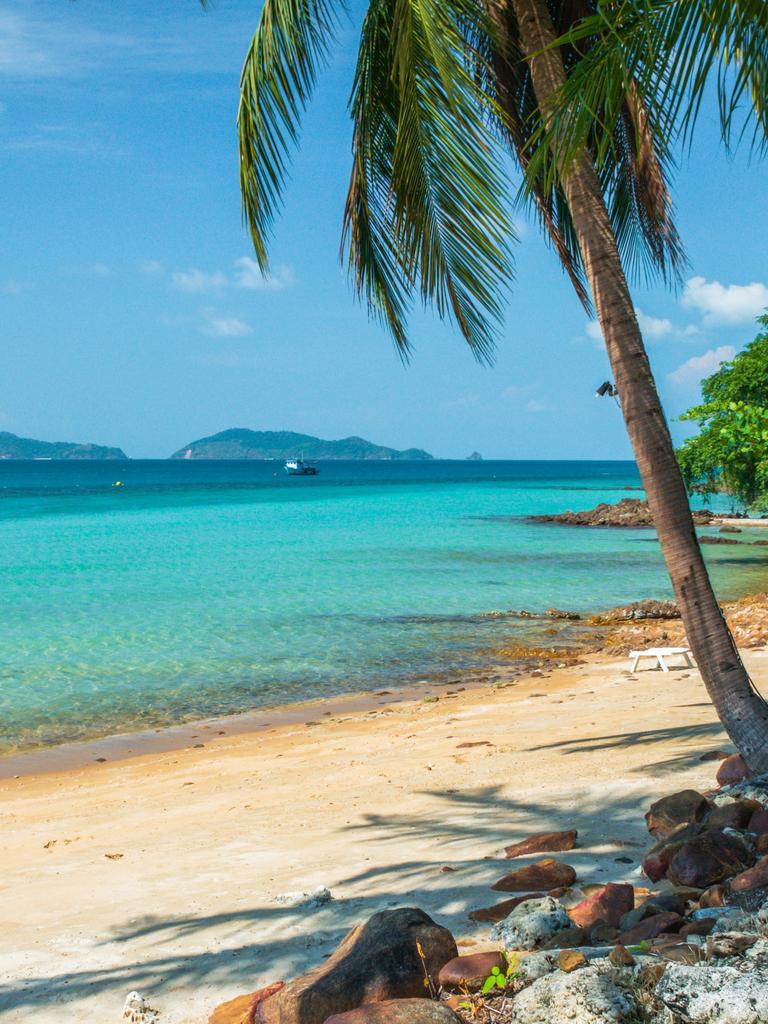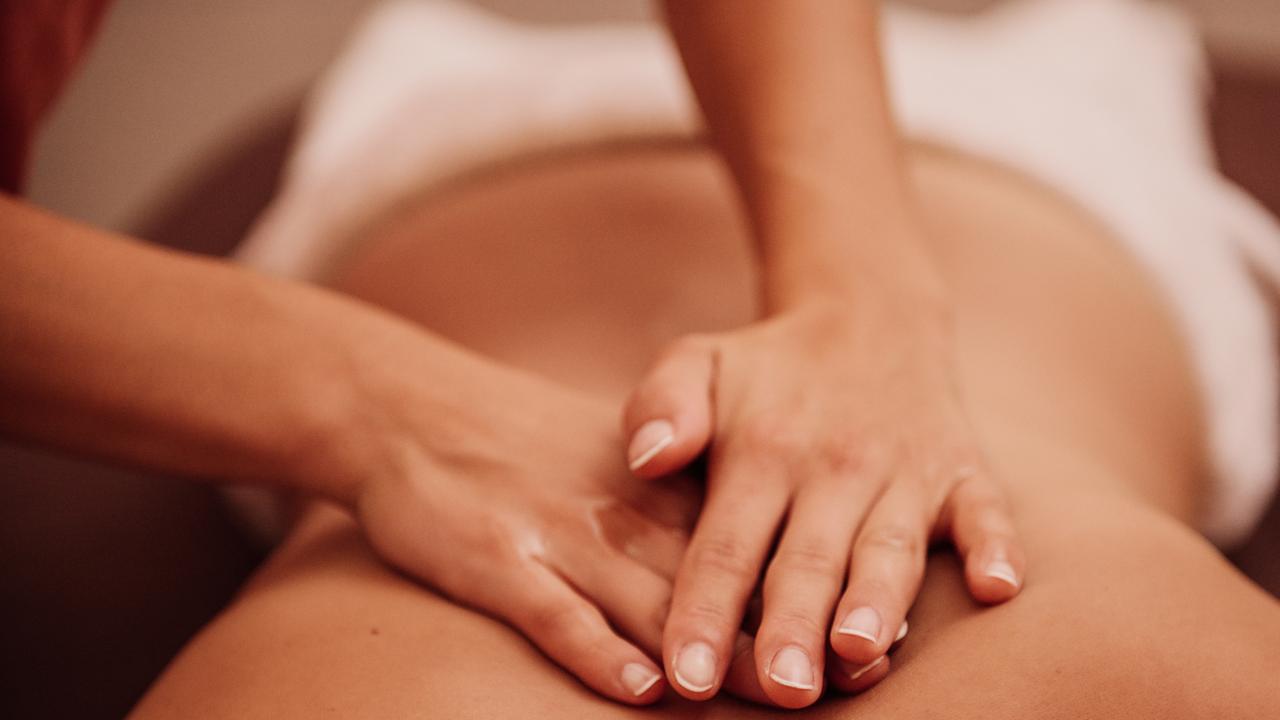‘Inherently dangerous’: Hazards of massage across Southeast Asia exposed after shock deaths
The shock deaths of two people in a tourism hotspot beloved by Aussies has sparked panic over an insanely popular holiday activity.
The deaths of two people in Thailand, both of whom had reportedly received rigorous Thai massages before they died, have caused shock and raised questions about whether massages across Southeast Asia are safe.
Thai singer Chayada Prao-hom, also known as Ping Chayada, 20, died in a hospital in the northeastern city of Udon Thani on December 8 after claiming she was left paralysed by a series of three “neck-twisting” massage sessions.
Just a day earlier, on December 7, a male Singaporean tourist, 52-year-old Lee Mun Tuk, died in Phuket after a 45-minute oil body massage – following which he reportedly went into cardiac arrest and could not be revived.
Harnelis, a massage therapist with the White Swallow Massage School in the city of Medan in neighbouring Indonesia, told news.com.au that, while the deaths were tragic, they were not surprising.
“Neck and back massage is inherently dangerous and deals with the most vulnerable part of the body,” she said.
“You can’t do it carelessly, you have to do it keeping in mind where all the veins and blood vessels are. If you get it wrong, it can be fatal.”
Singer Prao-hom chronicled her ordeal on Facebook before she died, saying that she had endured two “neck-twisting” sessions and a “heavy handed” third massage at a local parlour before experiencing numbness which spread through her body.

She reportedly first went to the parlour, which had the required certification under Thai law, to relieve stiffness in her neck, but found that her symptoms continued to worsen.
She was rushed to intensive care on November 18 but died just two weeks later, although, following an autopsy, her cause of death was listed as sepsis, a swollen spinal cord and a fungal infection.


However, Chayada’s mother continued to insist that the massages were to blame for her daughter’s death and an investigation into the massage parlour, which employed some seven licensed therapists, is ongoing.
In Indonesia, massage practices are similar to those in Thailand, although they use a slightly different and less vigorous technique.
Indonesian massage therapist Harnelis said that her massage school had strict regulations when working on patients.


“We are not allowed to do cracking or twisting,” she said.
“People find that it feels good for a moment, but it can move the bones and joints out of alignment, especially if you do it routinely.”
Harnelis, who like many Indonesians goes by one name, has herself seen first-hand the effects of massages that have gone wrong.
“I had an elderly female patient who had a bad back and she asked a family member to massage her every day and crack it. Eventually, she was in so much pain that she was left paralysed and I had to take her to hospital,” she said.
“When we looked at the X-ray, I could see that she had a slipped vertebra in her spine. The only option was for her to have an operation to fix it.
“If you have a neck problem, you need gentle stretching, never cracking,” she continued.
“If people ask me to crack their bones and joints, I always refuse to do it.”

Dr Pandu Riono, a doctor at the Public Health Faculty at Universitas Indonesia, one of Indonesia’s top universities, agreed that neck massage was fraught with danger.
“Massaging the neck has a high risk of damage to the nerves and blood vessels in the neck area,” he said.
“There is a risk of various nerve disorders which can impact the body area below the neck, and can cause paralysis.”

However, Dr Dicky Budiman, a public health practitioner and medical doctor at YARSI University in Indonesia’s Jakarta, said that massage has deep cultural roots across Southeast Asia.
“Massage therapy is widely practised in Southeast Asian countries, where it is an integral part of the region’s rich cultural heritage. While it offers numerous benefits, such as relaxation, pain relief and improved circulation, certain techniques such as neck twisting or high-pressure manipulations can pose serious health risks if not performed correctly.”
He added that the recent reports of fatalities underscored the dangers associated with unqualified or unsafe massage practices.


Before the Covid-19 pandemic, some 800,000 Australians visited Thailand annually, with numbers projected to slowly return to pre-pandemic levels in the coming years.
In 2023, 1.37 million Australians visited Indonesia, with 1.59 million expected to visit the country in 2024, making it the most popular destination for short-term overseas trips by Australians, ahead of neighbouring New Zealand.
Dr Budiman said that there were a number of ways in which travellers to Southeast Asia can stay safe while also enjoying local massages.
These include researching massage providers and choosing massage parlours that are well-reviewed and licensed. Travellers should also always look for visible certification or accreditation displayed at the premises when booking a massage.
Visitors should also decline any high-risk techniques offered such as neck twisting or spinal manipulation, unless these are advised and performed by a licensed healthcare professional.
More Coverage
“Communicate your health history, and inform the therapist about any pre-existing conditions, such as neck injuries, cardiovascular issues or a history of strokes,” Dr Budiman continued.
Finally, visitors should always remain vigilant following a massage and immediately seek medical help if they have any adverse symptoms such as numbness, headaches or dizziness, he said.
Aisyah Llewellyn is a freelance journalist based in Indonesia.





